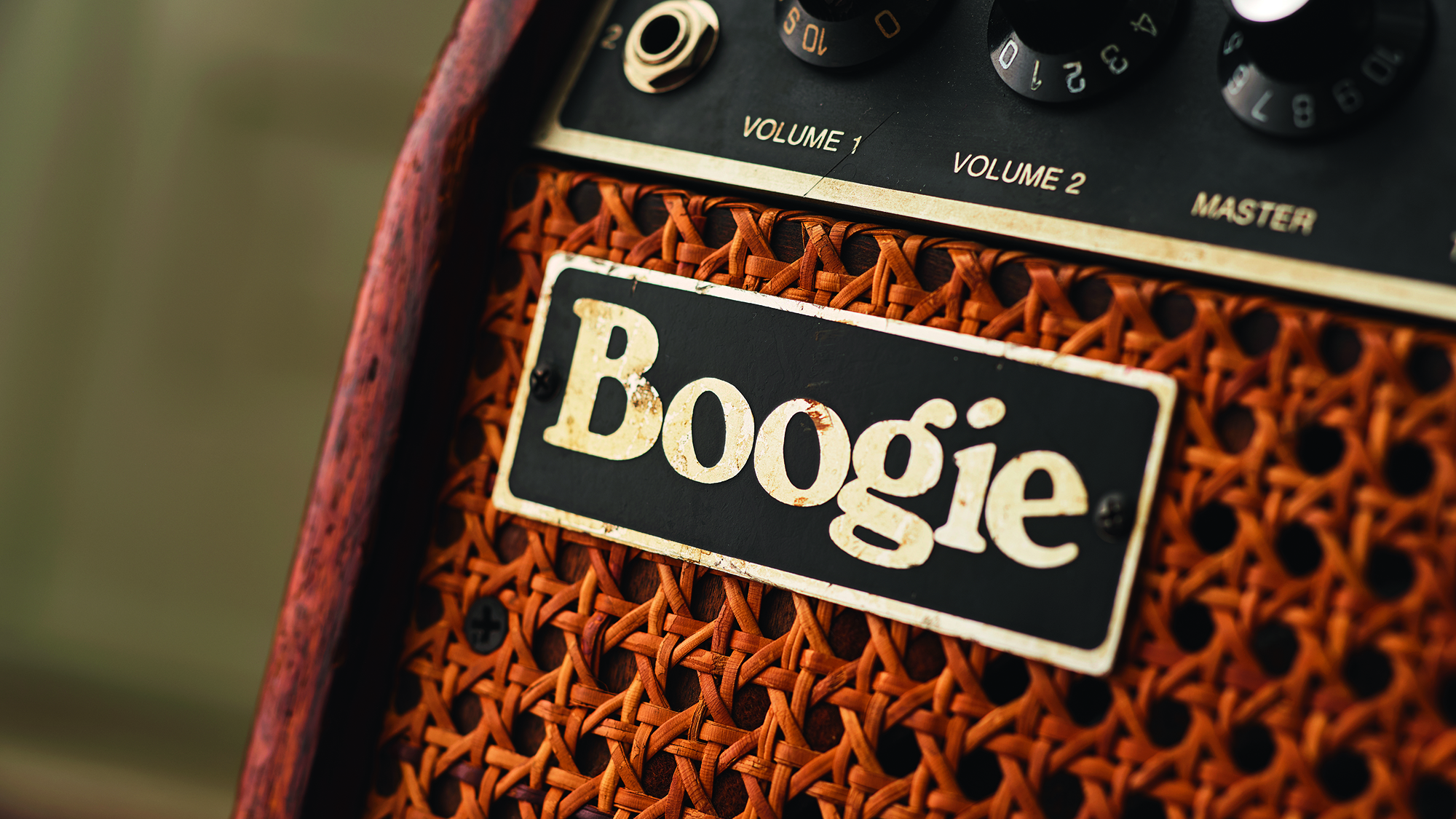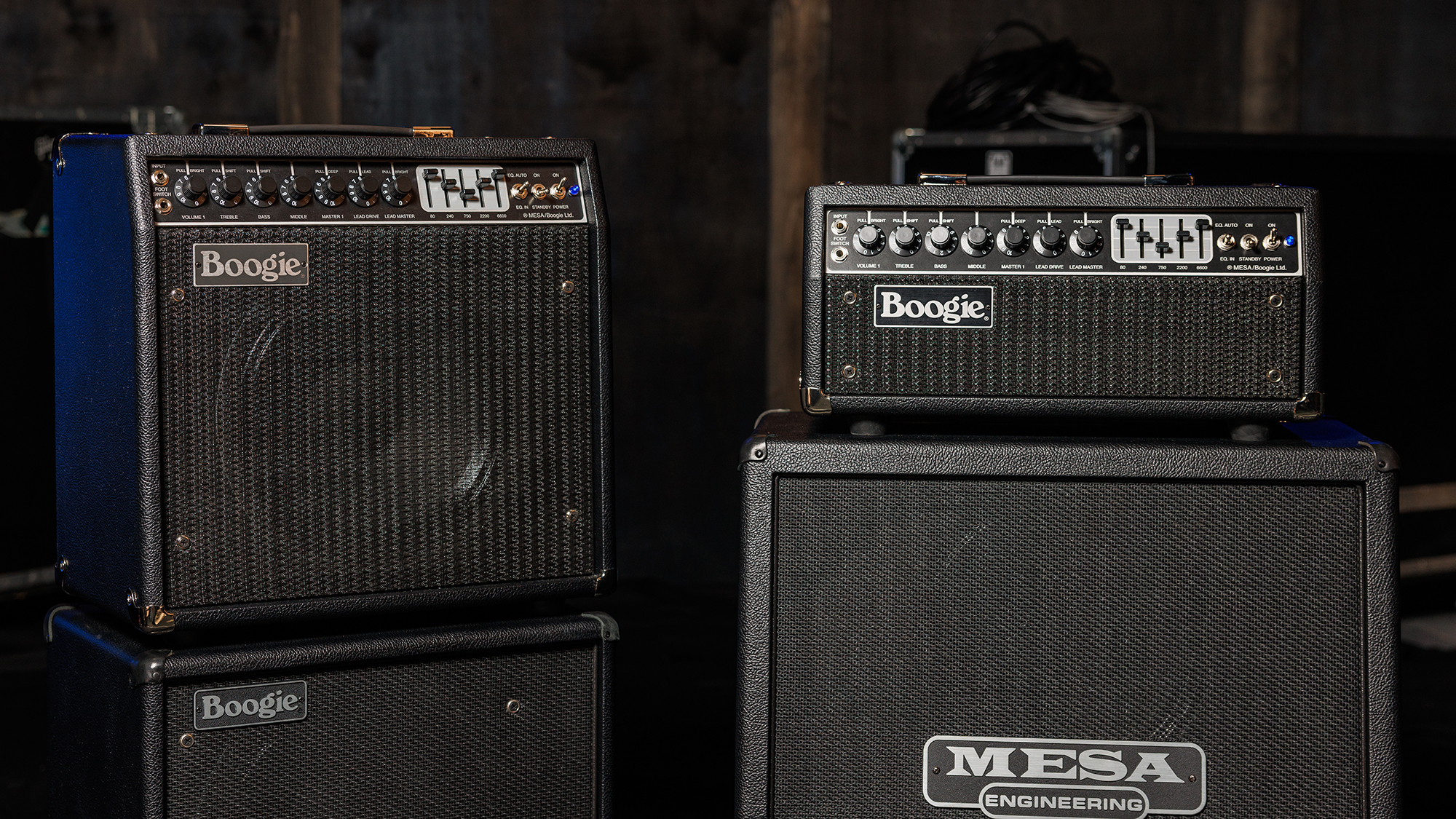
Mesa/Boogie founder Randall Smith has started a new YouTube series that promises to take a deep dive into the history of his beloved amp brand, and it’s been launched with a definitive recap of how the firm got its name.
Mesa/Boogie is one of the most iconic guitar amp companies of all time, and is responsible for creating a range of legendary tube amps that can be heard on some of guitar music’s most well-known records.
James Hetfield, Kirk Hammett, Steve Lukather, Michael Landau, Prince, John Petrucci and countless other big-name players have all been known to play Mesa/Boogies, but it was in fact another high-profile guitar star that helped Smith give his creations an official name.
As Smith explains in the video, he began his amp-building career by working as a repair man for a music store in Mill Valley, during which time he would fix gear for numerous local bands and up-and-coming acts.
At one point, he was asked to modify and “bulletproof” a Fender Princeton for Country Joe and the Fish, which sowed the seeds for what would eventually become the Mesa/Boogie sonic DNA.
Smith recalls, “At one time they said, ‘Hey, is there something you can do to boost this little fender Princeton practice amp so it just blows [frontman] Barry Melton's mind?’ I said, ‘Yeah, I’d love to do it.’
“We already knew that the Fender 4x10 Tweed Bassman was a terrible bass amp, but it was a fabulous blues guitar amp,” he goes on.
“I knew that circuit, and I said, ‘Okay, what I’m going to do is, I’m going to strip this Princeton bare, then I’ve got to hog out the chassis to put this big-ass transformer set in it, and then rewire and rebuild the whole thing,’ which is exactly what I did.”
Smith then replaced the stock 10” speaker with a JBL D120 12” alternative – the “hot ticket” that helped craft the resulting tone, and could keep up with the beefed up power.
Jumping ahead, Smith then explains a chance encounter with Carlos Santana, who happened to be hanging around Prune Music in Mill Valley, then helped give the modded Fender its now-iconic name.
“I took this little Fender combo Princeton out to the front, and one of the guys was hanging around. I said, ‘Hey, Carlos, would you plug into this?’ ‘Come on, man, that's a Fender. I don't want to plug into that.’ And I said, ‘No, but I boosted it. Plug into it.’
“So he plugs in and it sounds fabulous. It was a beautiful, summery day, and the doors were open, and people actually started flocking to the front of the store out on the sidewalk, going, ‘Wow, what is that?’

“Carlos went off. When he finished, he looked at this little thing sitting on the floor and said, ‘Shit, man, that little thing really boogies.’
“So there came that part of the name, and the process of getting your Fender amp boosted was called getting it ‘Boogie-ized.’”
That, of course, got the ball rolling, word got out, and eventually demand for Smith’s boosted Princeton began to increase. To meet such demand, Smith taught himself how to silkscreen, and began sticking the “Boogie” label to his amps.
As for Mesa Engineering, that was more of a practical naming solution. To supplement his income from Prune Music, Smith established his own engineering company, named Mesa, through which he would rebuild Mercedes-Benz car engines.
Head over to Randall Smith's YouTube channel to watch the full clip, and to keep up to date with future instalments.
Recently, it was announced that Smith would leave his role at Mesa/Boogie, which is currently under the ownership of Gibson. Not long after, Gibson revived the Mesa/Boogie Mark IIC+ for the first time in 40 years.







